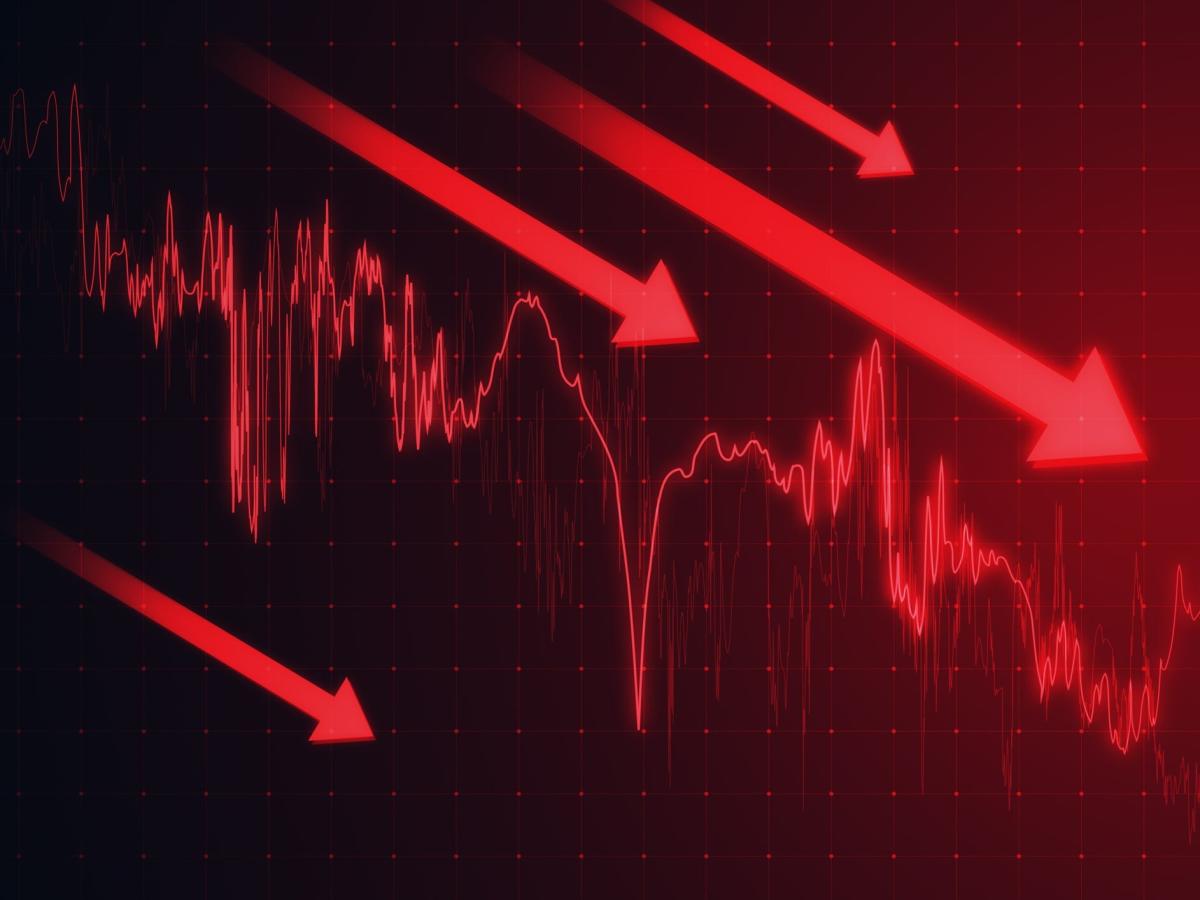Sports
Asia’s stock markets tanked, marking several recent records in today’s massive selloff

-
Global stock markets plummeted on August 5, 2024, led by sharp declines in Asia.
-
The selloff was partly due to the Bank of Japan’s interest-rate hike on July 31.
-
Taiwan’s Taiex saw the heaviest losses ever. Markets in Japan, South Korea, and Australia also marked grim days.
Monday could go down as one of the worst days for stocks in recent history.
The market rout started in Asia, where stocks kicked off with sharp declines that only got worse over the day. US futures and European stock markets also got dragged into the fray. Major crypto coins, including Bitcoin and Ether, took significant hits.
To be sure, markets were already jittery before Monday’s rout due to fears of a US recession, caution over the AI hype, and geopolitical tensions in the Middle East.
But, as Tony Sycamore, an analyst at IG Australia, told Bloomberg TV, it was the Bank of Japan’s interest rate hike on July 31 that was “the straw that broke the camel’s back.”
“We haven’t seen a day of carnage like this, really, since the COVID selloff back in February, March 2020,” Sycamore told the network.
The VIX index, a key volatility indicator, was up 48% at one point on Monday, a four-year high.
Here’s how the massive selloff hit stock markets.
Japan’s Nikkei 225 revisited Black Monday
Japan’s stock market has been a standout over the past few years, with the benchmark Nikkei 225 index posting outsized gains of 44% in 2023 that bettered those from the S&P 500.
The Nikkei continued to extend gains in 2024, first hitting a record high in February — the first time in 34 years — before breaching new highs.
Its gains were fueled by the AI boom, as well as a weak yen that made it cheaper for foreign investors to buy Japanese equities. The weaker currency also helps Japanese exporters selling products overseas.
However, the BOJ’s interest-rate hike unwound trades related to the yen, sending the Nikkei way down and wiping out all of its gains this year.
On August 5, the Nikkei 225 index crashed by as much as 13% and closed 12.4% lower — the worst since the Black Monday stock market crash of October 1987, when the Japanese index lost 14.9%.
The Nikkei shedding 4,451.28 points was also its largest-ever loss in terms of points.
South Korea’s Kospi saw worst days since the Global Financial Crisis
South Korea’s Kospi also marked a grim milestone on August 5 after closing 8.8% lower. Its losses were so huge that trading halts kicked in.
The Kospi’s decline was its biggest percentage decline since October 24, 2008 during the Global Financial Crisis.
The losses were driven by heavy declines in the shares of semiconductor chip heavyweights Samsung Electronics and SK Hynix, which tanked 10.3% and 9.9%, respectively.
Like Japan, the Kospi has been boosted by the AI rush as investors bet on its chipmakers.
Taiwan’s stock market experienced its worst day ever
Taiwan’s benchmark Taiex stock index closed 8.4% lower in its worst day since 1967, when trading started.
Taiwan is the world’s semiconductor hub, where chip giant Taiwan Semiconductor Manufacturing Company is based, so the Taiex has also benefited tremendously from the AI craze.
The index surged nearly 70% from the start of 2023 to its record high last month, before massively crashing on August 5, marking its worst day in history.
On Monday, TSMC shares closed nearly 10% lower.
Australia’s ASX200 posts largest decline since May 2020
Among the sea of red in Asia, Australia’s ASX 200 index appeared less bruised.
The benchmark Australian index closed 3.7% lower, but still marked its largest one-day decline since May 2020, during the thick of the COVID-19 pandemic.
The ASX200’s losses were led by losses in IT stocks.
However, Australia is a commodity giant, and the ASX’s largest company by market value is miner BHP, which fell just 2.1%. Fellow mining heavyweights Fortescue and Rio Tinto fell 1.9% and 0.1%, respectively.
Bitcoin made its largest single-day drop since November 2022
Bitcoin tumbled 15% overnight to below $50,000. The declines marked the crypto currency’s lowest point since January and its biggest drop in a single day since November 2022.
Ether was also nearing its lowest rate since January, with a steep decline of over 18%.
Cryptocurrencies saw a boost this year after the US Securities and Exchange Commission (SEC) approved exchange-traded funds (ETFs) to track the spot price of bitcoin, ether, and others. However, the rally cryptocurrencies saw in the earlier part of the year has stalled as fears about a recession started to grow.
European markets were hitting six-month lows
Europe showed no signs of avoiding the chaos as markets opened on Monday morning.
The Stoxx 600 fell by more than 3% overnight to its lowest point since January. It was the steepest single-day decline seen on the regional benchmark index since March 2022.
London’s FTSE 100 plunged by more than 1.5% to a three-month low and was headed for its worst day since March 2023.
Frankfurt was trading at its lowest rate since February, while the Paris stock exchange had declined sharply to levels not seen since October 2023.
The US market ‘fear index’ reached a four-year high
The VIX, a key measure of US stock-market volatility based on the S&P 500, jumped above 60 on Monday.
A week ago, the volatility reading was just 16. This is the highest level the VIX has reached since the early days of the pandemic, when the index reached a new record of more than 82 following the Federal Reserve’s announcement of emergency actions in March 2020.
Though Monday’s 83% jump signals high volatility in markets, spikes in the VIX have tended to recede quickly. As markets in the US opened, the VIX had fallen to 41.5.
Read the original article on Business Insider






